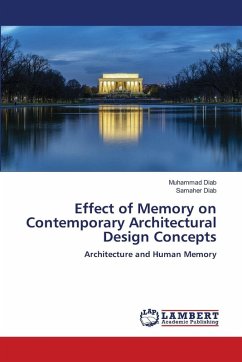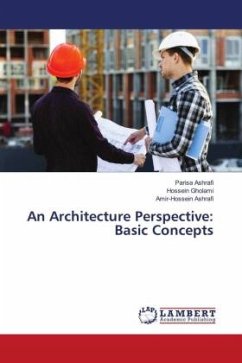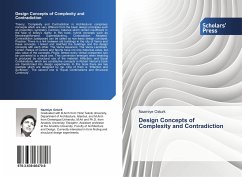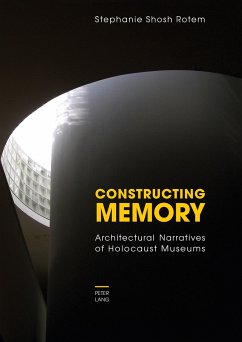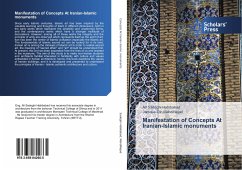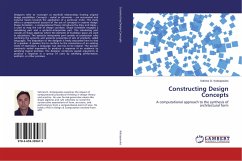
Constructing Design Concepts
A computational approach to the synthesis of architectural form
Versandkostenfrei!
Versandfertig in 6-10 Tagen
69,99 €
inkl. MwSt.

PAYBACK Punkte
35 °P sammeln!
Designers refer to "concepts" as manifold relationships framing original design possibilities. Concepts - verbal or schematic - are economical and inclusive means towards the application of a particular order. This study offers a computational account of the use of concepts in creative design. Shape formalism - a computational theory introduced by Stiny and Gipps - is used to map the role of design concepts. Shape formalism engages a calculating part and a syntactic-interpretive part. The calculating part consists of shape algebras where the elements of Euclidean space are used in calculations...
Designers refer to "concepts" as manifold relationships framing original design possibilities. Concepts - verbal or schematic - are economical and inclusive means towards the application of a particular order. This study offers a computational account of the use of concepts in creative design. Shape formalism - a computational theory introduced by Stiny and Gipps - is used to map the role of design concepts. Shape formalism engages a calculating part and a syntactic-interpretive part. The calculating part consists of shape algebras where the elements of Euclidean space are used in calculations. The syntactic-interpretive part consists of production rules confining the syntactic and semantic properties of sets of products, called languages. The disposition of the designer is freely associated here to that of a speaker. A speaker has to conform to the conventions of an existing mode of expression, a language, but also has to be original. The speaker constructs verbal arguments to produce a response in an audience by satisfying logical premises. The designer constructs spatial arguments to produce a response in a group of users by satisfying performative, aesthetic, or other premises.



